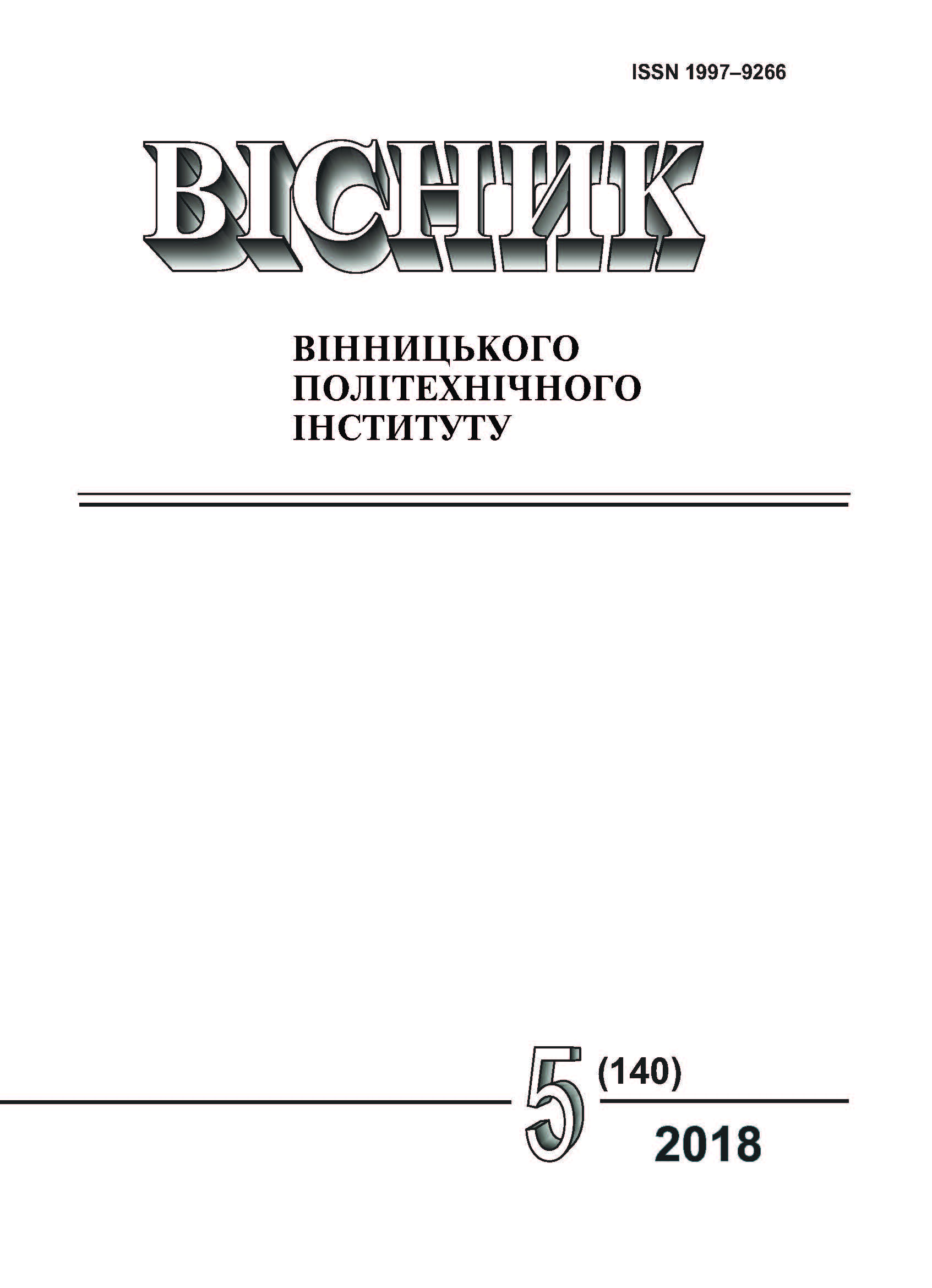Software Realization of Intellectual Video Camera
DOI:
https://doi.org/10.31649/1997-9266-2018-140-5-60-66Keywords:
intelligent video camera, real-time systems, software architectureAbstract
At present video cameras are widely distributed in the world and are used for a wide range of real-time tasks - from using optical manipulators to identifying a person. However, at the moment there are no universal cameras that could be effectively used in the entire spectrum of tasks. This is due to the large number of video stream parameters (height and width, brightness, frame contrast) and requirements for both hardware (speed, resistance to external influences) and software (video stream coding, supporting coding) for providing such cameras. This paper analyzes the modular approach to creating an intelligent video camera consisting of several modules. According to the results of the analysis of existing intelligent cameras, their advantages and disadvantages, it was proposed to consider the implementation of existing cameras for three cases. It is proposed to analyze the behavior of an intelligent video camera as a composite device, which consists of the following parts — “Sensor” (a device that transmits undistorted video information to the data handler for further processing), “Data processor” (any device that performs video processing for its further analysis and interpretation) and “Result Translator” (a device that transmits the result for further processing), which allows you to quickly create specialized cameras based on the essence. Requirements were formulated for the hardware component of the options for the practical implementation of the video camera and calculated the maximum speed of information transfer from the "Sensor" to the “Data processor”. Also, software architecture is proposed for the functioning of the camera. UML-class diagrams for critical program modules were created that describe data reception from the “Sensor” to the “Data processor”, data processing in “Data processor”, and transfer the result for further processing from the “Data processor” to the “Result Translator”.
References
Roberto Arroyo, Javier Yebes, Luis M. Bergasa, Iván G. Daza, and Javier Almazán, “Expert video-surveillance system for real-time detection of suspicious behaviors in shopping malls,” Expert Systems with Applications, vol. 42, pp. 7991-8005, 2015.
Vitaliy Boyun, “Directions of Development of Intelligent Real Time Video Systems,” Application and Theory of Computer Technology, [S. l.], v. 2, no. 3, pp. 48-66, apr. 2017. ISSN 2514-1694.
В. П. Боюн, Ю. А. Сабельников, «Интеллектуальная камера,» Электронные компоненты и системы (ЭКиС), № 2, К., 2002, с. 17-23
Charles Bell, Beginning Sensor Networks with Arduino and Raspberry Pi, Apress, 2013, ISBN: 9781430258247.
VEEK-MT2S, [Online] Available: https://www.terasic.com.tw/cgi-bin/page/archive.pl?Language=English&CategoryNo=167&No=1098 .
Xilinx Zynq, UltraScale+ MPSoC ZCU104 Evaluation Kit, [Online], Available: https://www.xilinx.com/products/boards-and-kits/zcu104.html .
NVIDIA Jetson AGX Xavier, [Online], Available: https://www.nvidia.com/en-us/autonomous-machines/jetson-agx-xavier/ .
John Williams, “Embedded Linux on FPGAs for fun and profit,” CELF Embedded Linux Conference 2009. 2009 [Online], Available: https://elinux.org/images/5/54/ELC2009_Embedded_Linux_on_FPGAs_for_fun_and_profit.pdf .
Matteo Tomasi, “FPGA-DSP co-processing for feature tracking in smart video sensors,” Journal of Real-Time Image Processing, № 11, р. 1-17, 2014.
А. Н. Головин, «Интеллектуальные видеокамеры: состояние, определение и классификация,» Управляющие системы и машины (УСиМ), № 1, с. 46-54, 2013.
Yu Shi Eveleigh, and Serge Lichman, Smart Cameras: A Review, National ICT Australia Ltd, 2007.
Vladan Popovic, Kerem Seyid, Ömer Cogal, Abdulkadir Akin, and Yusuf Leblebici, “Design and Implementation of Real-Time Multi-Sensor Vision Systems,” Springer International Publishing AG 2017, ISBN 978-3-319-59056-1, doi: 10.1007/978-3-319-59057-8.
Э. Гамма, Р. Хелм, Р. Джонсон, и Дж. Влиссидес, Приемы объектно-ориентированного проектирования. Паттерны проектирования. СПб., Россия: Питер, 2001, 368 с.
Downloads
-
PDF (Українська)
Downloads: 226
Published
How to Cite
Issue
Section
License
Authors who publish with this journal agree to the following terms:
- Authors retain copyright and grant the journal right of first publication.
- Authors are able to enter into separate, additional contractual arrangements for the non-exclusive distribution of the journal's published version of the work (e.g., post it to an institutional repository or publish it in a book), with an acknowledgment of its initial publication in this journal.
- Authors are permitted and encouraged to post their work online (e.g., in institutional repositories or on their website) prior to and during the submission process, as it can lead to productive exchanges, as well as earlier and greater citation of published work (See The Effect of Open Access).





